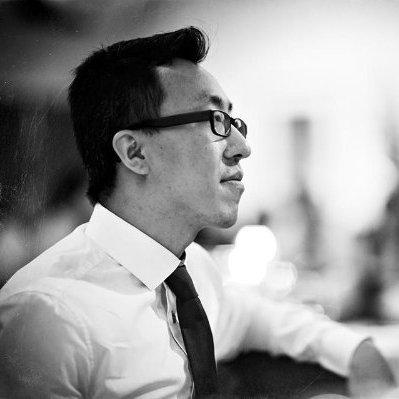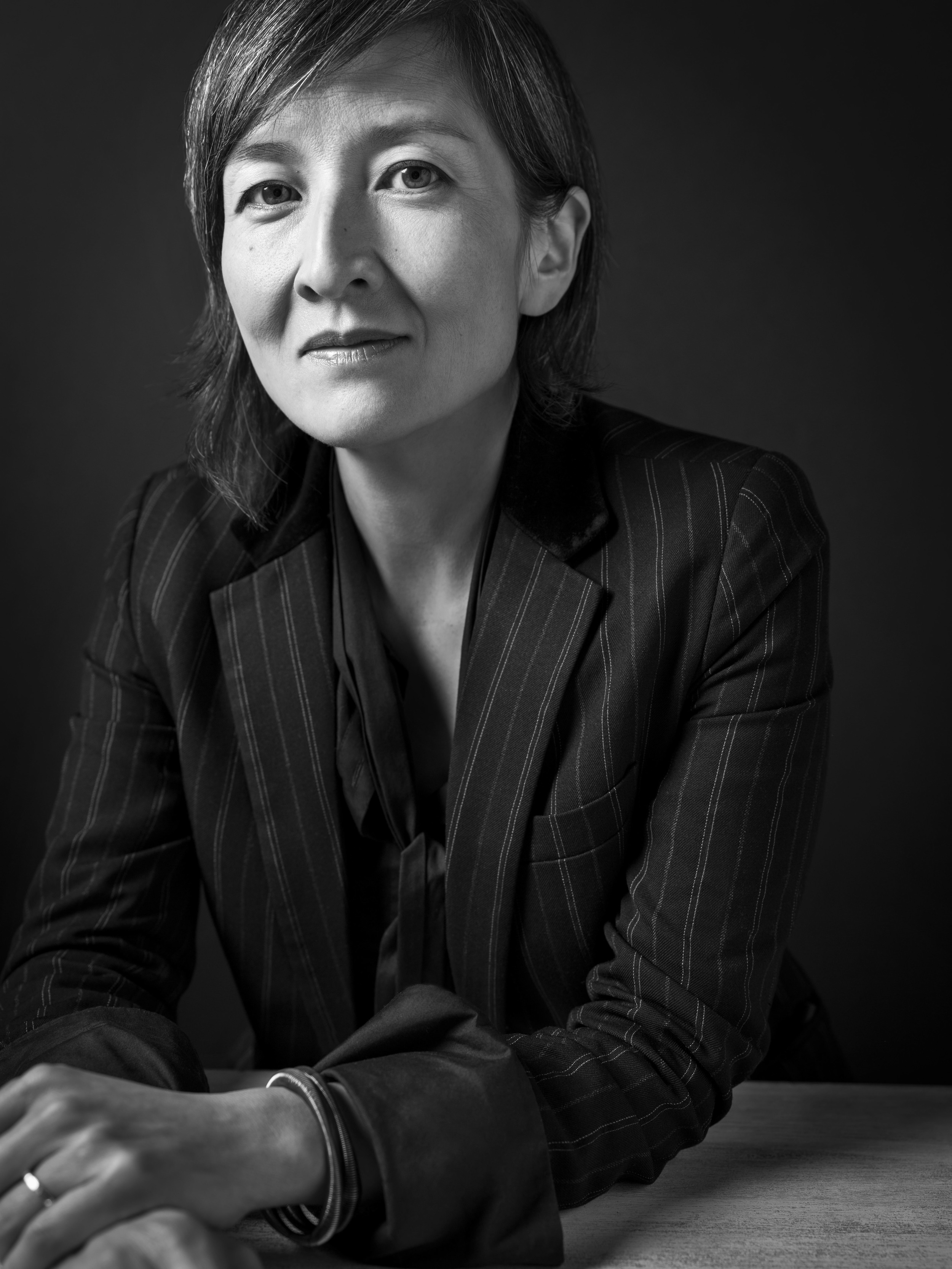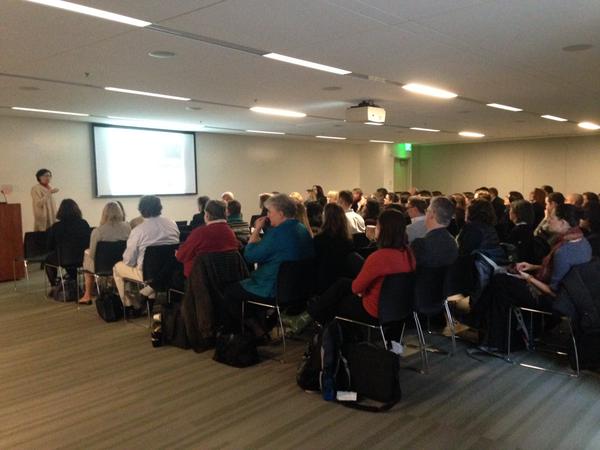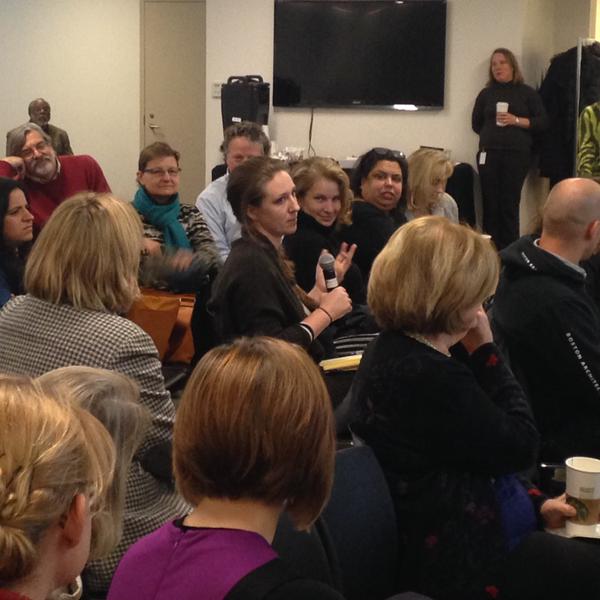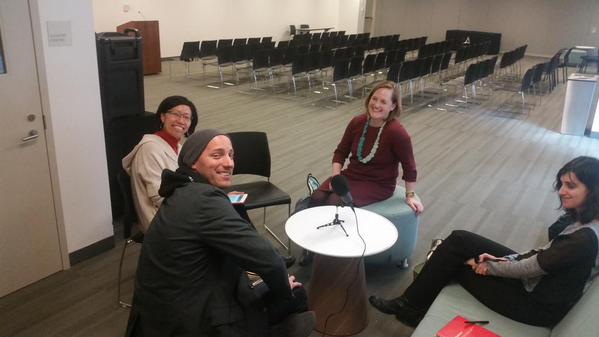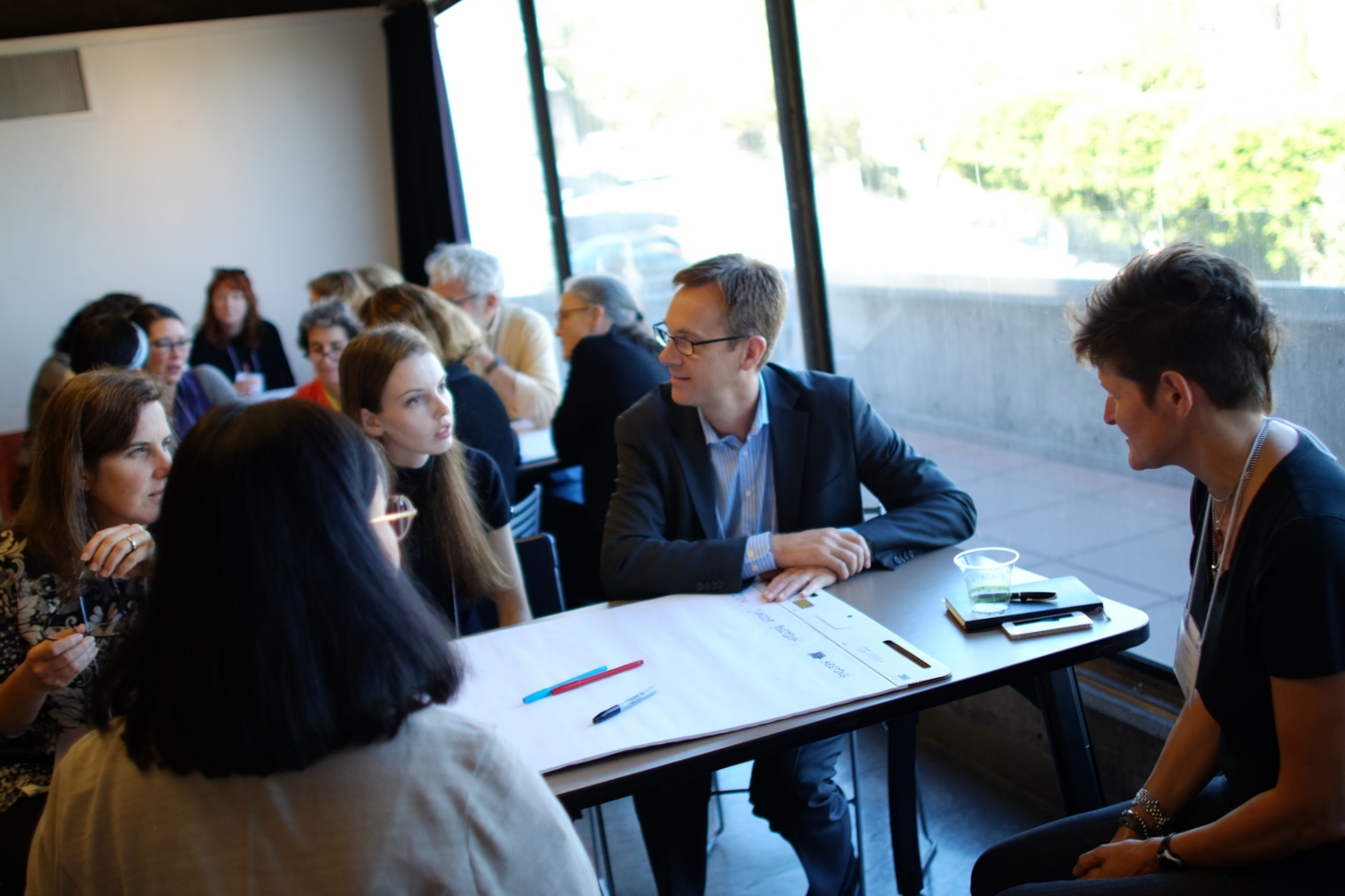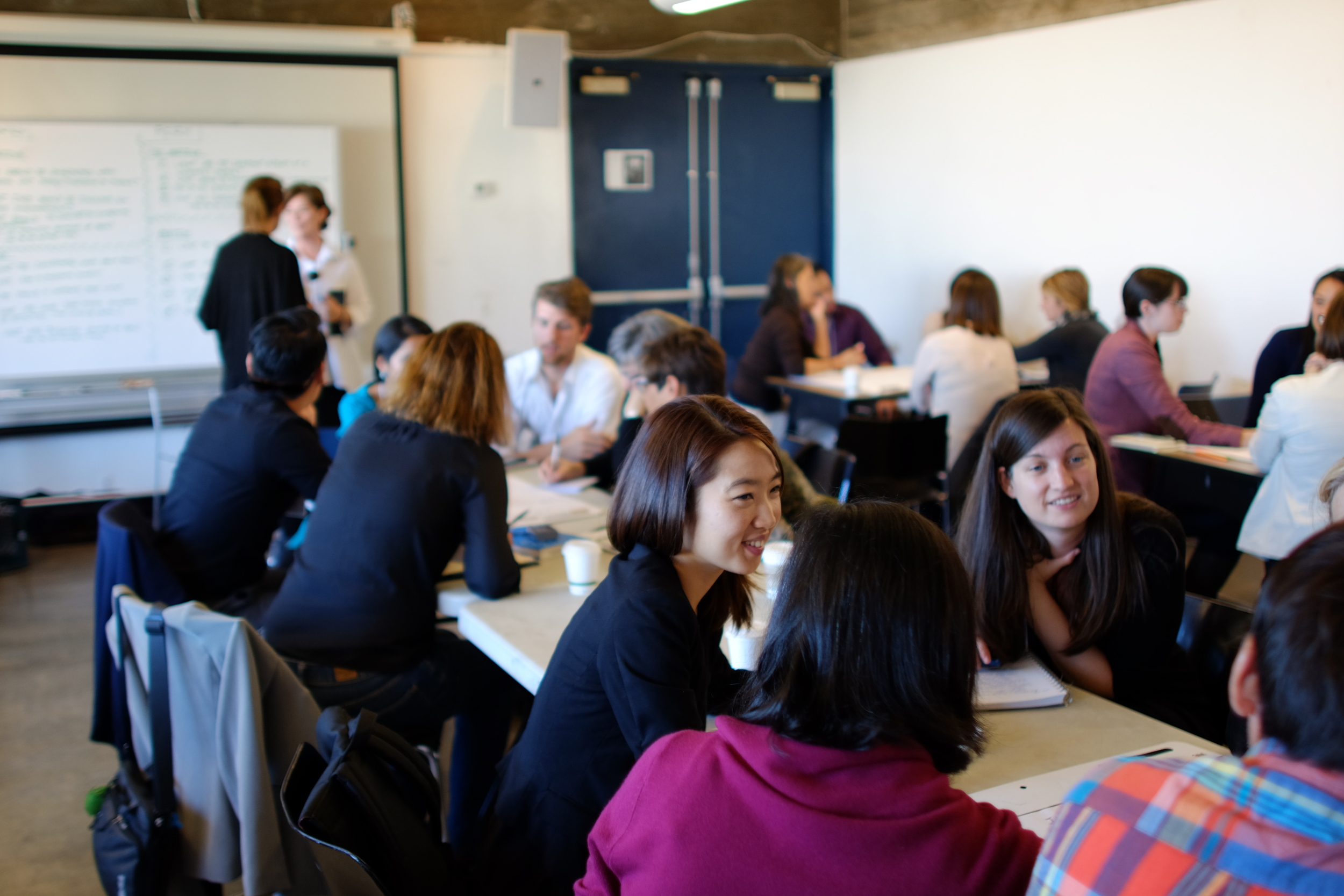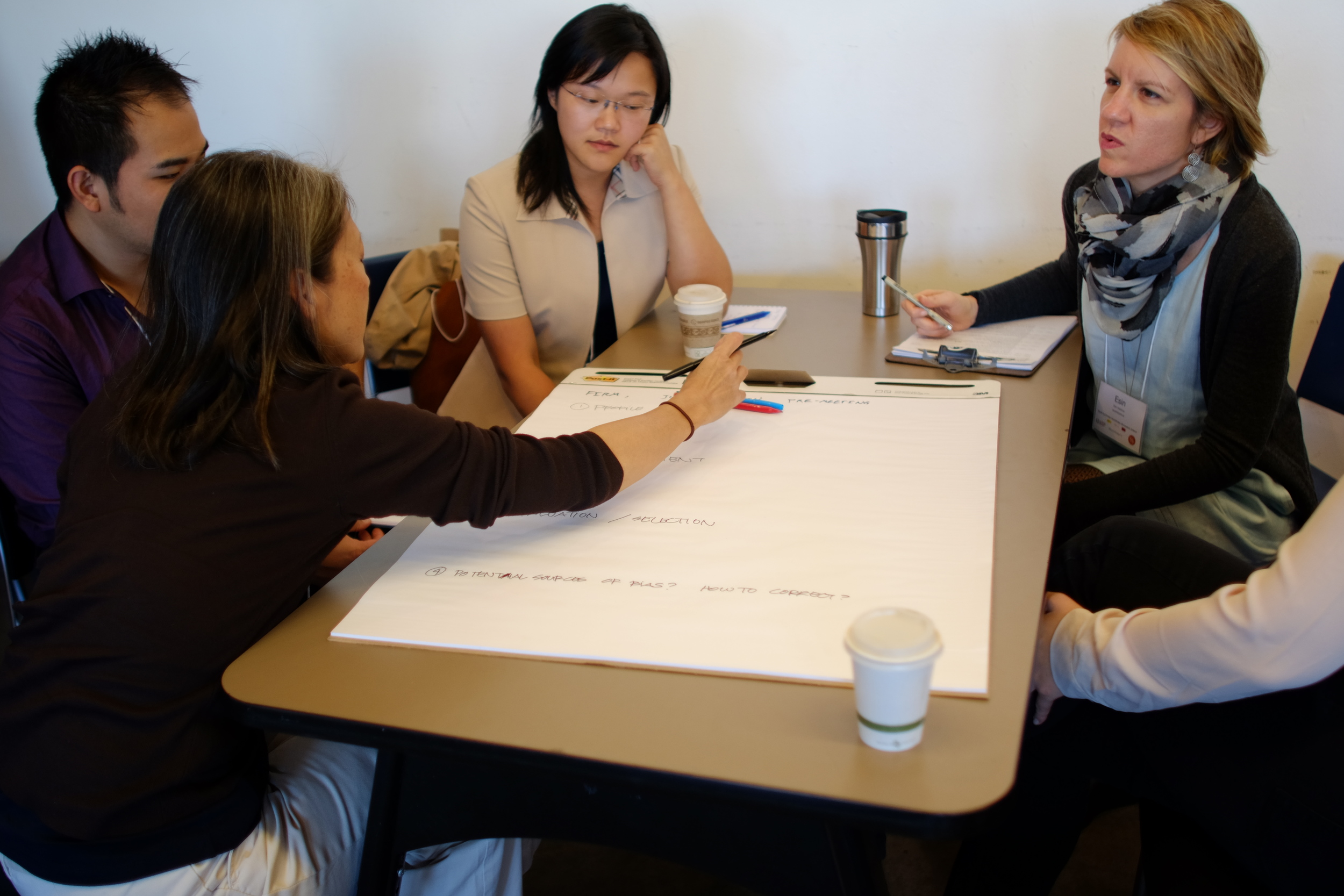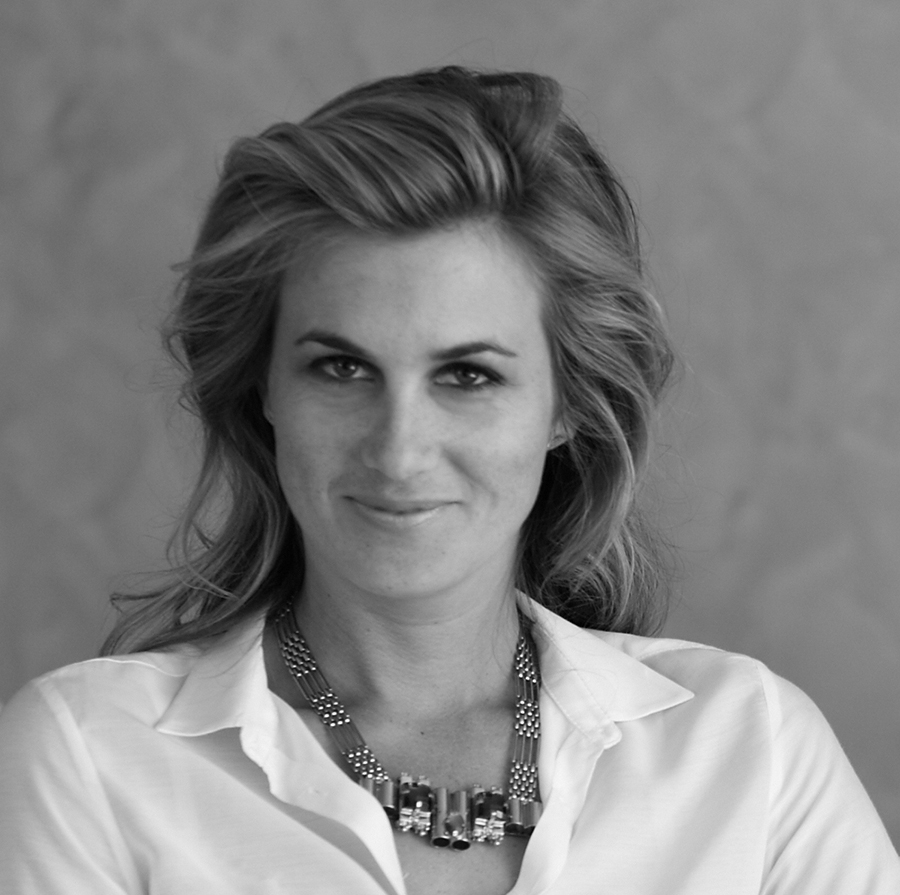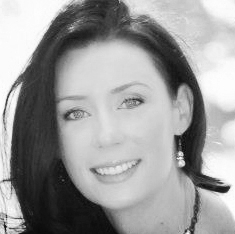an interview by Susan Kolber
On 10/22 EQxD will be hosting our final workshop of the year EQxD U Workshop 4: Architecture And... at AIA SF. As architecture has become increasingly dynamic with shifting economies, technology, and environments, entrepreneurs within the field are discovering innovative ways to create and inspire our built environment. Leading up to our workshop EQxD will be highlighting insights from our exciting “Architecture And…” panelists. Robert Yuen (RY) founder and president of Section Cut, a website providing curated design resources, shares his experience and passion for curated design information in the age of information overload, Section Cut’s vision and team dynamics, leveraging the many skill sets of architects, and exciting trends in robotics and construction.
Robert Yuen, founder of Section Cut, will be speaking 10/22 on EQxD Architecture And... panel.
Has the culture of innovation in San Francisco and the Bay Area influenced your pursuit in non traditional architecture practices?
(RY) It’s part of my personal nature, I like things that are on the fringe. Being around San Francisco, being around the culture of startups, being around a lot of new innovation did push me harder to execute on Section Cut.
Have you pursued tech funding to grow Section Cut?
(RY) Absolutely, we are currently about to start our first seed round. It was important to me to prove that Section Cut was a worthwhile endeavor which is why we did not seek funding at the very beginning. It was in our best interest to prove the concept first, grow our user base, and now seek funding as we are ready to fuel the growth.
Can you explain the Section Cut's team dynamics and processes, how do you decide content? How often is the team virtually meeting/ corresponding? What is your favorite Section Cut Podcast?
(RY) At Section Cut we are a team of four, and we all have very specific responsibilities. All content comes from my partner and co-founder Dan Weissman, and his official title is Director of Content. He not only facilitates all of the scheduling of content, but also production. [Check out the Section Cut team here]
The project itself started in 2012 right after my post graduate degree at the University of Michigan. From the beginning we knew that Section Cut would be a remote project where all the partners would not be in the same location. We have had mandatory meetings twice a week on Wednesday evenings and Sunday evenings. We’ve been doing that since 2012. We have tried a lot of different management software, because one of the biggest hurdles of running a virtual office is staying organized. It’s really important because we don’t sit next to each other. We don’t have those small chats to remind, to prod ourselves on what we need to do. Staying organized and transparent has always been a top priority to run Section Cut smoothly.
One of my favorite of the Section Cut Podcasts is an interview of Malcolm McCullough. He was a professor of mine at University of Michigan and is an extraordinarily intelligent man. The interview is great, not only because he is a great instructor, but the interview itself has a lot to do with why Section Cut exists and speaks to our purpose. He talks about information glut, and the need for curatorial information as a designer and architect, so we can make better cities by being better curators and better builders.
Consulting is an attractive pursuit for architect entrepreneurs. Can you go into more detail on what you consult on and how you developed those skills?
(RY) I fell upon consulting based on necessity--I wanted more time on Section Cut. It was hard to work on Section Cut as a project while being fully employed at a firm. I naturally moved into consulting as a way to buy me time. Once you start thinking about the other skill sets that can be of use, there is a lot an architect can offer from branding exercises, marketing exercises, critiquing informational packages...there is a lot you can do! I’ve worked in many arenas, but I’ve fell back into mostly client representation. A lot of clients don’t understand architecture or the construction administration phase. The clients are in the middle of their house being renovated, the architects are proposing things, and the clients want another opinion to validate their architect. The clients may not have the experience to really understand if they are making the right decision. I can usually come in and fill in the gaps, vouching that the opinion of the architect is good or not good. A lot of clients want to learn more about architecture, but they're usually on a tight schedule, architects are on a tight schedule, so I can fill in as an information provider and direct the client if they have questions.
You have extensive knowledge and experience with robotics and 3D printing, what new technologies excite you? Can you provide a few examples of how you think robotics, scanning, 3D printing, will change architecture and construction/
(RY) I think what's most exciting to me is what’s in the realm of robotics, and to be more precise: robotics in the field of construction, less so in architecture. Robotics in the more traditional sense, like robotic arms in the automotive industry, have around for a long time. Right now, the cost of labor is still very low, so it's still hard to justify the use of expensive robotics in construction. However, it’s only a matter of time when the cost of technology will continue to drop and the cost of labor will go up. I think a lot of the interesting work architects are doing now with automation, with robotics, with digital fabrication, with digital technologies is not that new, the technology has actually been around. In most cases architects are repurposing. I think in general the history of architecture has been that way, usually innovation happens in the health industry, or engineering and the sciences, architecture finds ways to repurpose technology.
Two cool robotic projects include:
1. There is an interesting project in the Netherlands where Autodesk and robot company MX3D are completely 3-D printing a bridge It will a great proof of concept when it’s complete and not just an academic research project.
http://www.fastcodesign.com/3047350/this-robot-can-3-d-print-a-steel-bridge-in-mid-air#10
2. ICD/ITKE 2015 Pavilion at the University of Stuttgart
http://www.archdaily.com/770516/icd-itke-research-pavilion-2014-15-icd-itke-university-of-stuttgart
Robert Yuen
Founder and CEO, Section Cut, RYRD
Robert Yuen is the co-founder and CEO of Section Cut and founder of RYRD (Robert Yuen Research + Design). Trained as an architect, Robert’s design practice has developed over 6 years into a dual focus on architectural services and web-based entrepreneurship. Robert earned his March from the University of Michigan, as well as an MS in Architecture specialized in the use of digital technologies with industrial multi-axis robotics. Robert is currently focused on Section Cut, a web-based community committed to empowering designers and demystifying design culture to the larger public. SC is a crowd-sourced, curated collection of design resources and objects with an educational agenda.
Don't Miss EQxD "U" Workshop 4 ! Architecture AND...Exploring Meaning & Influence by way of Multidisciplinary Practice.
Thursday, October 22, 2015 from 6pm - 8:30pm @AIASF 130 Sutter St, San Francisco
We will explore alternate models of practice that expand the avenues of influence for architects. More than 50% of all respondents to the 2014 Equity in Architecture Survey stated that they were dissatisfied with their current job situation. A large number responded that they were interested in alternative career paths. Rather than leave architecture behind completely - and have the profession lose ever more talent to other fields - how we can cultivate expansive multidisciplinary practices that are innovative, exploratory, and meaningful?
The workshop will feature four professionals who have taken their work beyond the traditional boundaries of the field. After a review of key survey findings on the topic we will hear from the panelists about their paths, entrepreneurial thinking, and lessons learned in a question and answer session. This will be followed by design thinking exercises to guide us in thinking freely and widely about our career futures and the new kinds of practices we can create. Gain the courage and knowledge to turn your interests and ideas into a new work reality at our workshop!
10/22/15 Architecture AND… Workshop Agenda
Networking & Refreshments 6pm - 6:15pm
Introductions/Welcome 6:15 - 6:25pm
Panel Discussion 6:25 - 7:15pm
Break/Transition 7:15 - 7:20pm
Design Thinking Exercises 7:20 - 8:10pm
Conclusions 8:10 - 8:30pm



